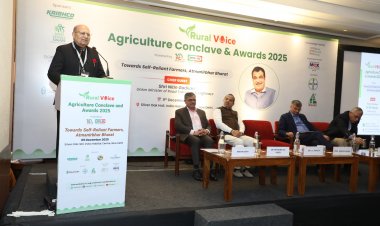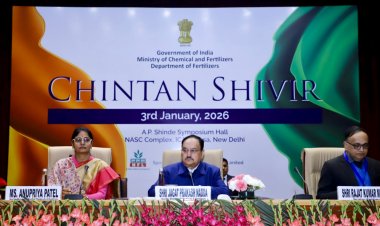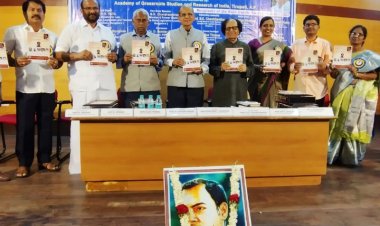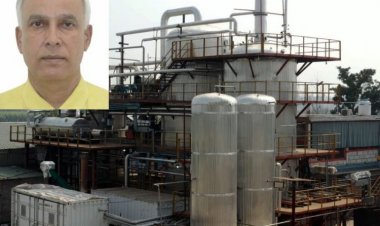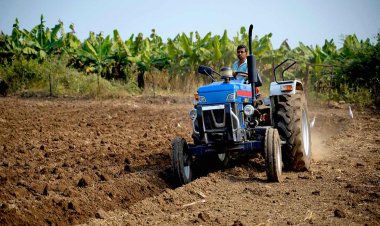Farmers in India have sown kharif crops across 1022.51 lakh hectares so far this year, as against 1021.48 lakh hectares in the same period of last year, according to the latest data from the Agriculture Ministry. On a yearly basis, the sowing is largely steady according to the data from the Ministry.
Commodity-wise, paddy sowing is at 360.79 lakh hectares, as against 345.79 lakh hectares same period last year. The Centre amended the rice export norms in July by putting Non-Basmati white rice, a major export item, in the "prohibited" category. For pulses, comprising Arhar, Urad, Moong, and Kulthi, among others, the sowing is, however, lower year-on-year.
Agriculture ministry data showed the total pulses sowing so far this Kharif is 114.93 lakh hectares, as against 126.52 lakh hectares last year. Further, the sowing of oilseeds, which groundnut, soybean, sunflower, sesame, and others, too were marginally lower at 185.91 lakh hectares, as against 189.08 lakh hectares. Sugarcane farmers have so far sown crops across 56.06 lakh hectares, as against 55.32 lakh hectares last year, data showed.
India has three cropping seasons -- Summer, Kharif, and Rabi. Crops that are sown during October and November and the produce harvested from January-March depending on maturity are Rabi. Crops sown during June-July and dependent on monsoon rains are harvested in October-November are kharif. Crops produced between Rabi and Kharif are Summer crops.
Details given by Agriculture & Farmers’ Welfare Ministry as of August 18, 2023, sheds light on the state of seven crucial kharif crops, namely rice, pulses, Shri Anna cum Coarse cereals, oilseeds, sugarcane, jute, and mesta. Among the array of crops, rice, Shri Anna cum Coarse cereals, and sugarcane have emerged as the frontrunners, showcasing a commendable upward trajectory in terms of land utilisation. The figures underscore the dedication of Indian farmers to augmenting their agricultural outputs.
For rice, the most predominant kharif crop, the land used has witnessed an increase from 345.79 lakh hectare last year to an impressive 360.79 lakh hectare this year. Notably, Shri Anna cum Coarse cereals have showcased a substantial growth from 173.60 to 176.39 lakh hectare, underlining the resilience of farmers in adopting diverse cultivation strategies. Similarly, the land allocation for sugarcane has risen incrementally from 55.32 to 56.06 lakh hectare.
However, challenges seem to have beset the cultivation of certain crops. Pulses, a vital source of protein, have seen a decline in land utilisation from 126.52 to 114.93 lakh hectare, signalling a potential area for focused intervention. Likewise, the acreage devoted to oilseeds has dipped from 189.08 to 185.91 lakh hectare, and Jute & Mesta from 6.95 to 6.56 lakh hectare. Even cotton, a crucial fiber crop, has experienced a reduction in land usage from 124.21 to 121.86 lakh hectare.As the agricultural landscape continues to evolve, these statistics serve as a roadmap for policymakers, researchers, and farmers alike. They underscore the importance of targeted efforts to optimise crop yields, mitigate challenges, and ensure food security for the nation.
In conclusion, the release of the kharif crop area coverage report for 2023 offers a comprehensive snapshot of the prevailing trends and challenges in Indian agriculture. It illuminates both the achievements and the areas that demand renewed attention, underscoring the tireless efforts of the agricultural community in steering India's journey toward self-sufficiency and growth.
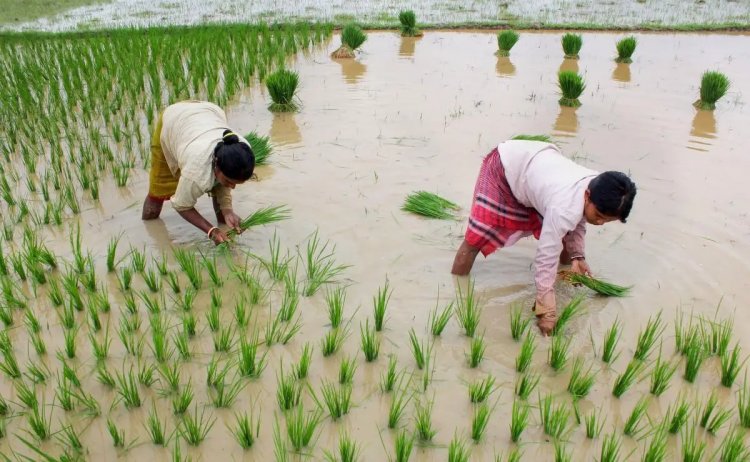



 Join the RuralVoice whatsapp group
Join the RuralVoice whatsapp group

















